Credit Card Statement: What It Is & How to Check It
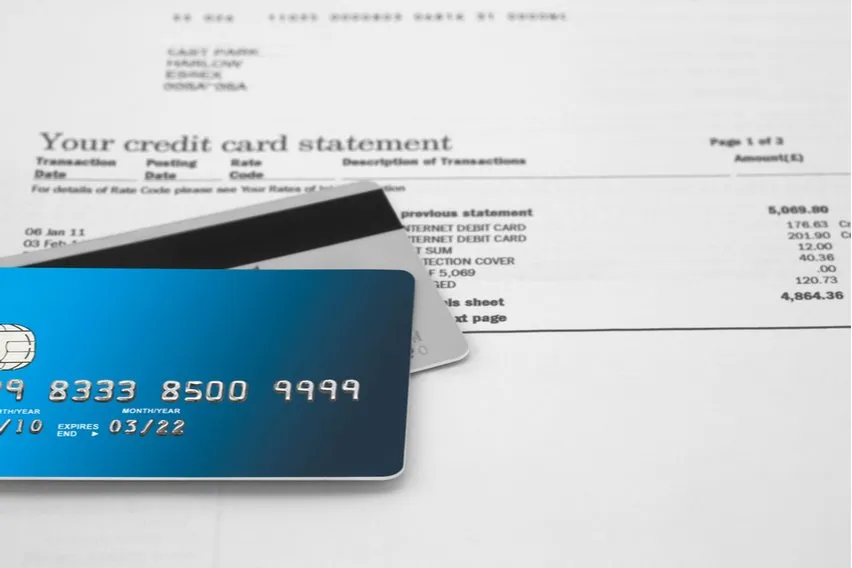
Credit cards can be very valuable tools for consumers and business owners alike. But you can only use your credit card wisely if you check your statements regularly.
Credit card statements help you track the spending on your account. They can also alert you to fraudulent charges or wrongful fees that might be charged for odd reasons. Despite these benefits, many people don’t know how to read credit card statements.
In this guide, we’ll break down what credit card statements are and how to check them in detail.
Here’s What We’ll Cover:
What Is a Credit Card Statement?
How to Check a Credit Card Statement
Major Sections of a Credit Card Statement
What Is a Credit Card Statement?
A credit card statement is just a summary of that credit card’s activity or how you’ve used it. These statements look like bills and come from your credit card issuer. But they’re really used to break down what the card was used for, who used it, and how much money was exchanged with its account.
These days, credit card statements are often provided online through PDFs or other file types. But many banks or credit unions still provide paper credit card statements to their members.
Credit card statements are still valuable since they let you check your account activity. Doing this helps to catch potential identity fraud and helps cardholders budget more effectively. However, some credit card statements are chock full of complex terms and numbers. They can be difficult to parse if you don’t know what to look for.

How to Check a Credit Card Statement
When checking a paper credit card statement, open the envelope carefully with a letter opener. Doing this prevents you from tearing the credit card statement within. If your statement is electronic, you don’t have to worry about this risk!
Regardless, sit down and scan your monthly credit card statement thoroughly. Most of the major sections are clearly labeled. But we’ve broken down the key areas you need to look for in detail below.
Major Sections of a Credit Card Statement
Account Activity Summary/List of Transactions
The summary of account activity is a collection of all transactions on your credit card account. It includes any payments made, credits, balance transfers, fees, purchases, and more. If you need to see a complete record of all the activity on your card, this is it. It will include a list of unauthorized charges, as well.
The account activity summary also includes your current balance (if applicable) and any available credit you have. Lastly, most credit card statements show the last day of the current billing cycle here.
Payment Information
Most credit card statements also include a dedicated payment information section. This section includes your credit card statement balance, the minimum monthly payment amount, and the date the payment is due. The minimum payment amount is the least amount you must pay to avoid getting fined by your credit card company.
Notice of Interest Rate Changes
Your credit card statement may have a notice of interest rate changes. These will only show up if the interest rates for your card will be changing sometime soon. According to federal law, credit card companies have to tell you 45 days before a rate change.
Notice of Other Account Term Changes
Similarly, your credit card statement will include a list of any other account term changes if applicable. If the credit card company changed its terms and conditions in any way, it has to tell you. Like the changes to interest rates, you must be notified 45 days before credit card billing changes apply.
Fees and Interest Charges
If your card was charged any fees or interest was added to the account, the statement will list them in a separate section. These include foreign transaction fees, cash advance fees, and more.
Any time you don’t pay off the amount of your credit card balance in full, the balance will be susceptible to interest charges. It’s always best to pay off credit card debt early. So make each credit card payment on time.

Late Payment Warning/Minimum Payment Warning Alerts
Some card companies offer minimum payment warning sections on their statements. These can be helpful reminders if you’ve made late payments or have forgotten to make a payment on your credit card recently. Fortunately, many credit cards accept payments even if they’re late so long as they are within the “grace period”.
Year-to-Date Totals
Your credit card statement might also have a section dedicated to year-to-date totals. This lists the total amount you paid in interest charges over the last year. It’s another type of account summary but only lists the “extra” money you paid to the account.
Credit Score
Some statements will include an estimate of your credit score. Your credit profile is compiled via the three big credit bureaus. Your credit score affects your credit limit. However, you can usually only get a detailed credit report by specific request.
Credit Card Rewards
If you have a cashback or rewards credit card, the statement credits should appear in their own section. These include travel rewards and other credit card perks. Use this section to ensure you’re using your rewards program to the fullest.
Key Takeaways
Learning to read a credit card statement accurately and thoroughly is a vital part of financial responsibility. It’s important both for regular folks and for people who run small businesses, especially if they have business credit cards.
Use the guide above to identify the key areas in your financial statements. You’ll benefit from a better understanding of your finances and know exactly how much your card company charges you each month.
Need more helpful guides like this? Head over to our resource guide.
RELATED ARTICLES


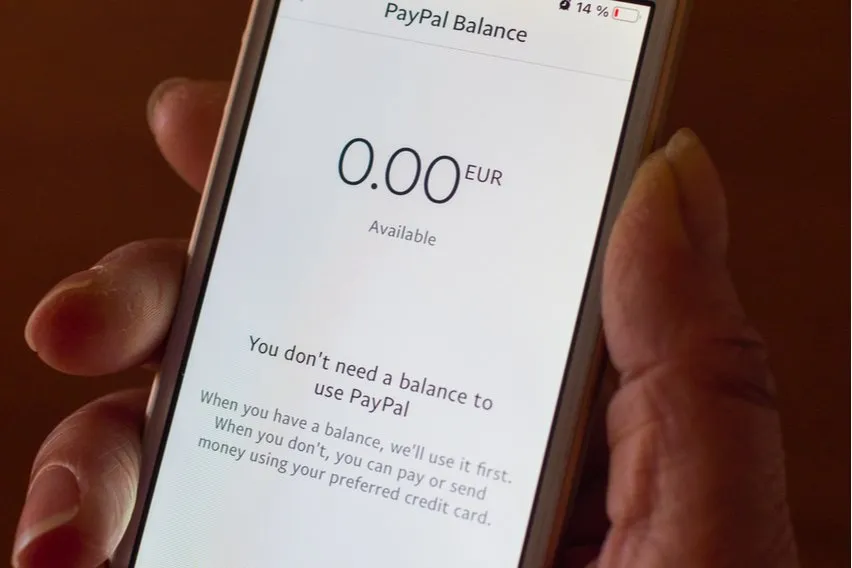 How to Check PayPal Balance on Mobile or Desktop
How to Check PayPal Balance on Mobile or Desktop A Guide on How to Use PayPal on Amazon
A Guide on How to Use PayPal on Amazon How to Buy Bitcoin with PayPal Instantly: 2 Easy Ways
How to Buy Bitcoin with PayPal Instantly: 2 Easy Ways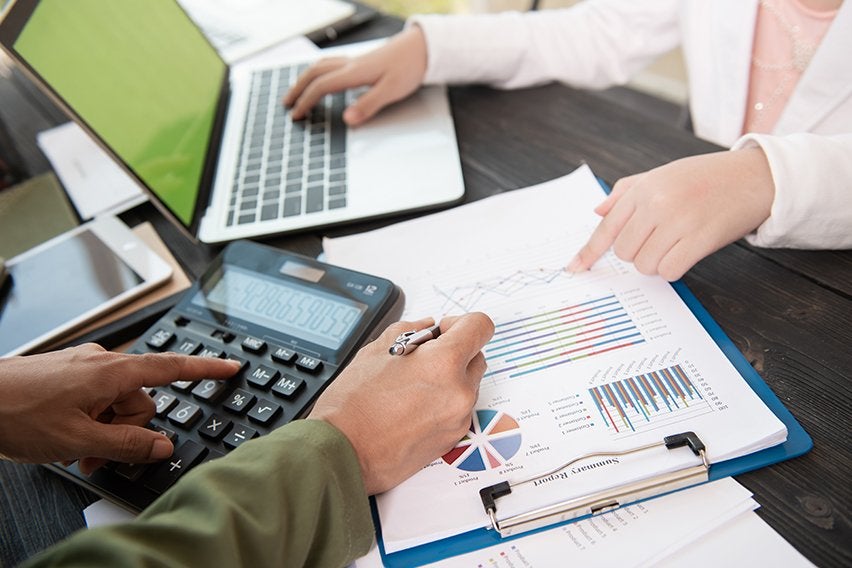 Top 5 Payment Processing Companies You Should Know
Top 5 Payment Processing Companies You Should Know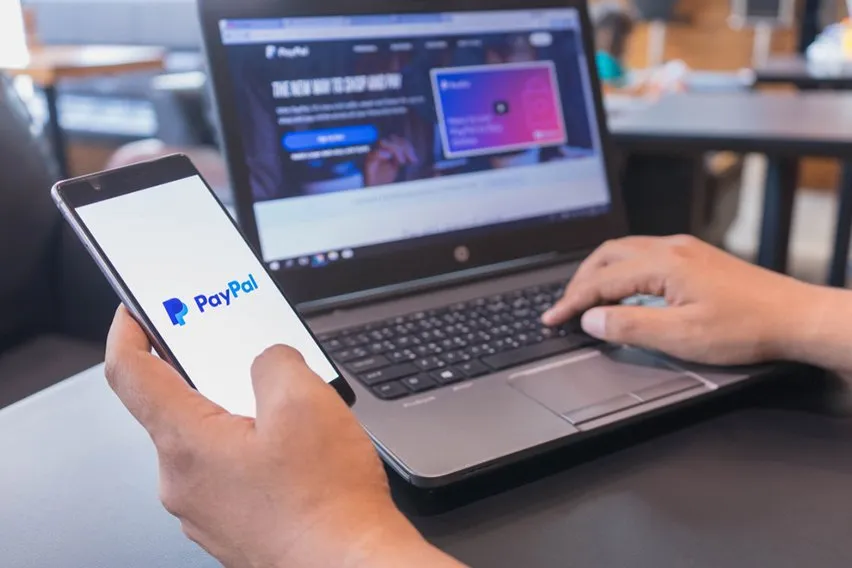 How Old Do You Have to Be to Have a PayPal Account?
How Old Do You Have to Be to Have a PayPal Account?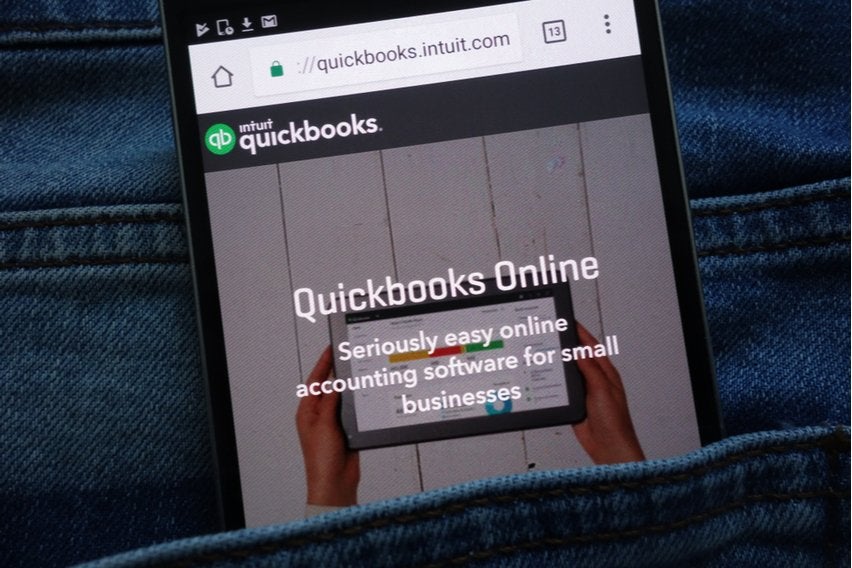 Top 5 Best Online Payroll Software for Small Businesses
Top 5 Best Online Payroll Software for Small Businesses